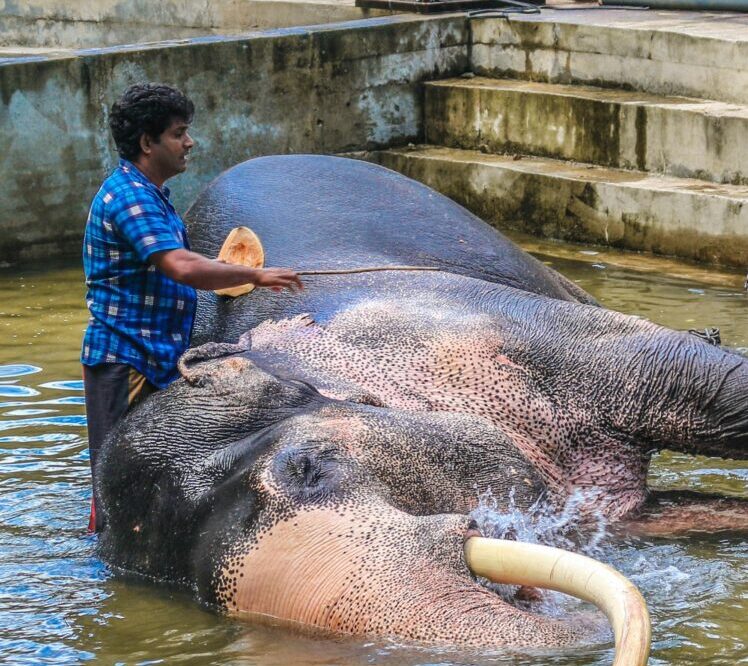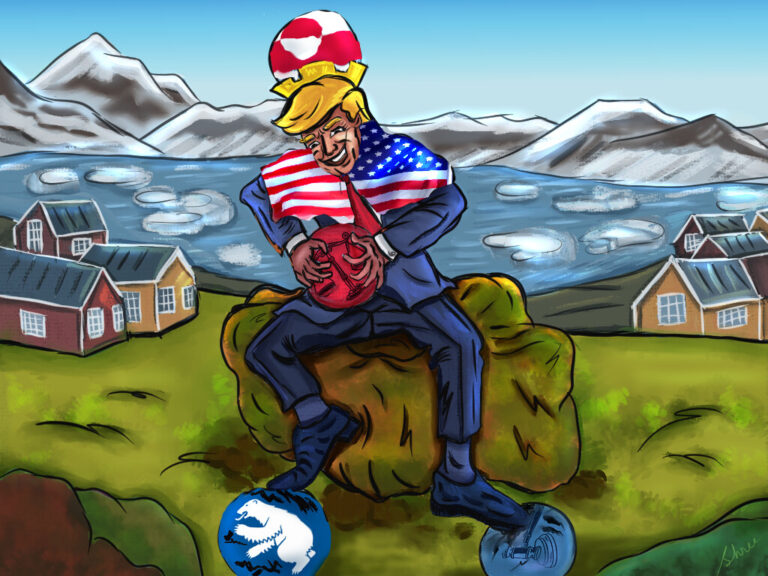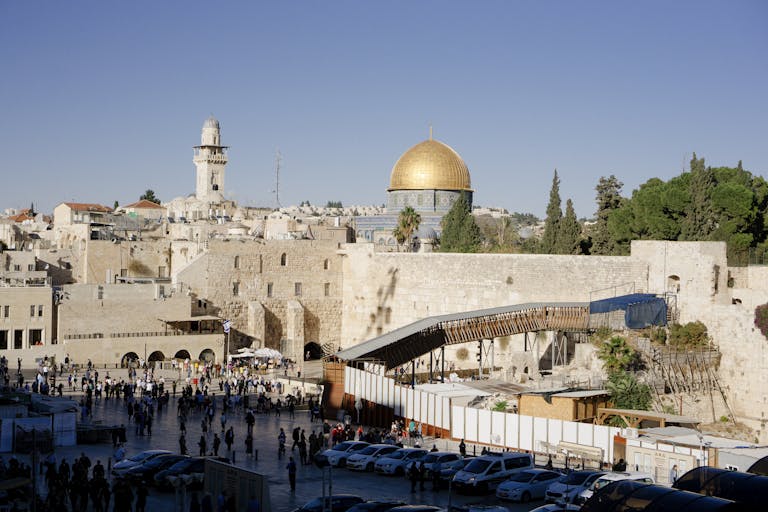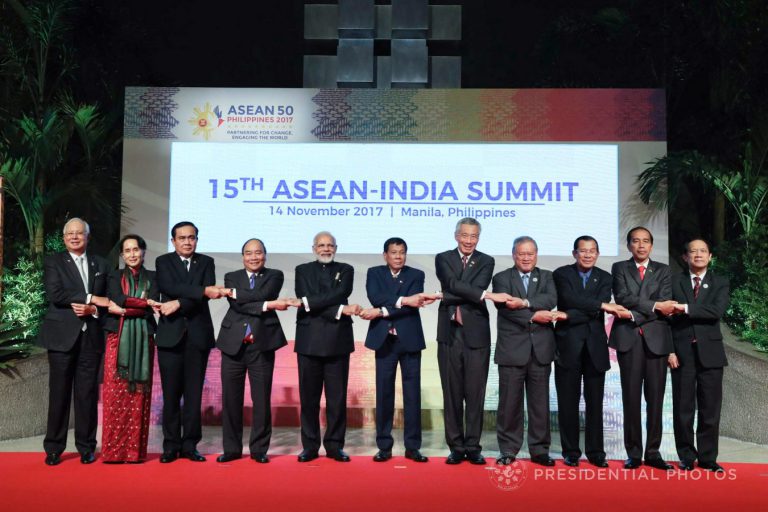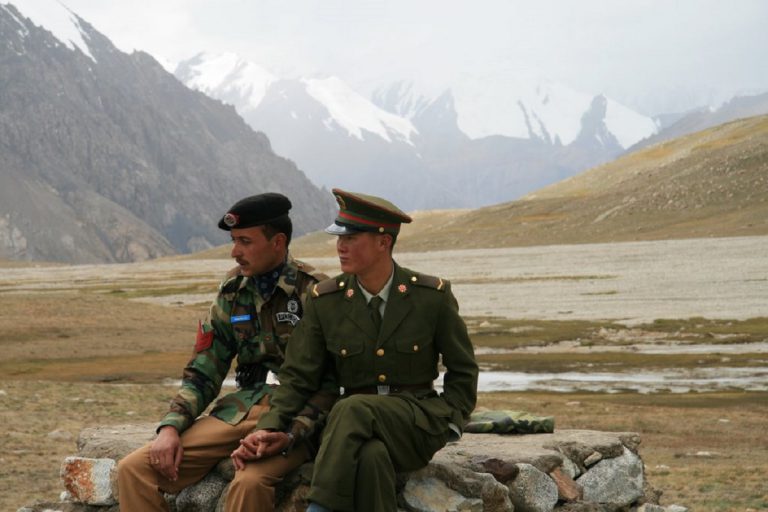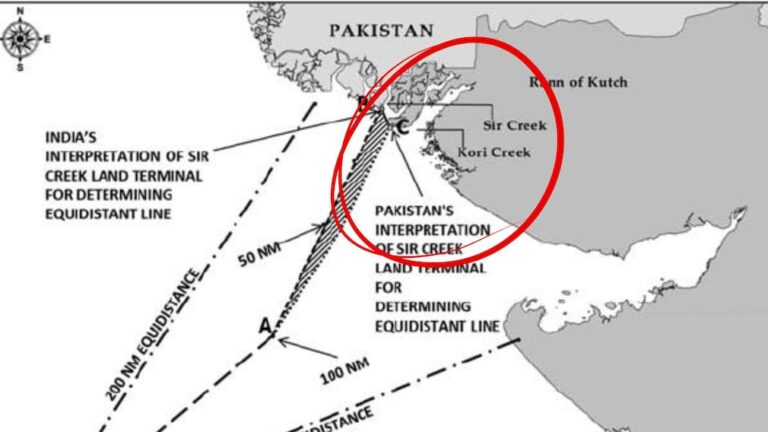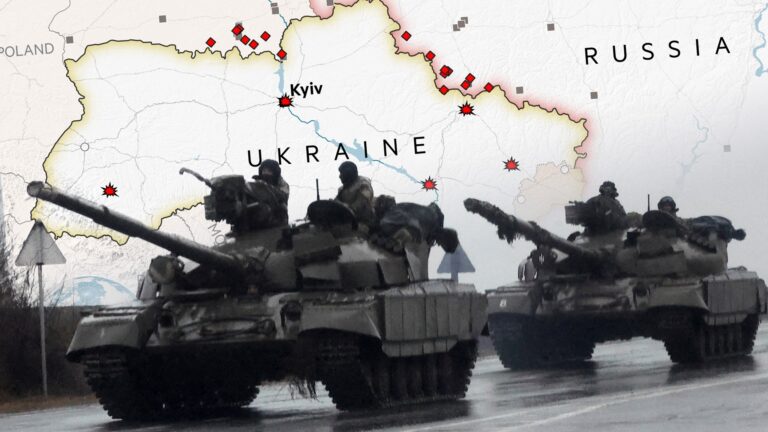Looking beyond Black July: Violence and Civil War in Sri Lanka
Krishnayan Das has done his MA in Peace and Conflict Studies from the Nelson Mandela Centre for Peace and Conflict Resolution, Jamia Millia Islamia, New Delhi. His research interests include South Asian Studies in general and nationalism studies, identity as a source of conflict in South Asia, modern South Asian history and Bengali Muslim discourses in particular.
The 24th of July every year marks the anniversary of the Black July Riots of 1983 in Sri Lanka. It was the first mass scale riot in the island state that came to be classified as a “pogrom” and had a death toll ranging anywhere between 300 and 3,000, as Sinhalese mobs targeted the minority Tamil population and their establishments for over a week in a manner whose barbarity could barely be comparable with previous incidents of ethnic strife in the country. The riots are typically viewed as a response to the ambush and killing of thirteen soldiers of the Sri Lankan Armed Forces in the northern Sri Lankan town of Jaffna by a relatively burgeoning insurgent group at that time which went by the name of the Liberation Tigers of Tamil Eelam (LTTE). The LTTE would eventually go on to become the sole actor in the militant struggle for the right of self-determination of Sri Lankan Tamils by waging a nearly three decade long civil war that came to a violent end with the military defeat of the group in 2009.
While the Black July Riots are widely regarded as the trigger event to the start of the civil war in Sri Lanka, an attempt at tracing its origins warrants a deeper analysis into the wider rifts that persisted between the Sinhalese and Tamil communities without excusing acts of physical violence. Violence, especially when it takes place at societal or collective levels are not events in isolation; they tend to be expressions of deep seated preconceptions, antagonisms and mistrust.
This essay would investigate the above mentioned fault lines from the perspectives of structural violence and cultural violence, which alongside direct violence are part of a typology of violence devised by late Norwegian sociologist and the founder of the discipline of Peace and Conflict Studies, Johan Galtung in order to ensure a holistic enquiry into the causal factors of violence. While structural violence denotes how given social structures and institutions create a deprivation of human needs, cultural violence implies the aspects of one’s culture that legitimise the commission of structural and direct violence. The essay seeks to delineate how structural and cultural violence played a pivotal role in snowballing the ethnic problem in Sri Lanka into what was arguably one of the most gruesome conflicts ever fought on South Asian Soil.
The ethnic problem in Sri Lanka
Post colonial states upon independence became the harbinger for achieving social and political advancement which was coupled with the rising expectation of people for emancipation through economic development. The case in Sri Lanka was no different. Although the state was founded on the principles of liberal democracy with equal rights and opportunities for all, successive governments soon started pursuing policies favourable towards the majority Sinhalese community that proved discriminatory to minorities, particularly the Tamils who constituted the largest minority group in the state. The legitimisation of majoritarian tendencies at the state level and the failure to accommodate diverse ethnic group interests resulted in nationalism coming to be determined along ethnic lines rather than a pervasive singular national identity.
A majoritarian state and the spectre of structural violence
Structural violence refers to the kind of violence that is ingrained into societal structures and institutions that limits people from realising their potential which otherwise would have been possible and becomes visible as inequalities in power, resources and opportunities. Unlike visible and more overt forms of violence, structural violence does not have recognisable actors or persons who may directly cause harm to another person. This is why structural violence is often equated with indirect violence. Such discrepancies originate in a society’s political, economic or cultural processes which connive together to impede the quality of life of certain sections of the populace. Because of its concealed and longstanding characteristics which operate at a normative level, structural violence often gets neglected owing to the perception that they are facets of ordinary life which even stable social orders may exhibit, thus making them difficult to alter. In post independence Sri Lanka, divisive policies in the areas of citizenship, language, education, employment and political participation brought about a degradation in the standard of life and opportunities available for the fulfilment of needs for Tamils.
The disenfranchisement of the up-country Tamils was the first act of discrimination against the Tamil population in the post independence history of Sri Lanka. The up-country Tamils were Tamils of Indian origin whose predecessors had been brought to the island by the British colonial administration to work in the plantation sector of the economy as labourers in the 19th and 20th century. The United National Party (UNP) government headed by D.S. Senanayake upon winning the first general elections proceeded to pass two legislations before the parliament in 1948 and 1949 which effectively stripped away citizenship and voting rights from the up-country Tamils. Although intended to contain leftist presence in the parliament of whom the up-country Tamils were a major vote bank, these legislations invariably led to the expulsion of Tamils of Indian origin who constituted around eleven percent of the island’s population from political life and representation. It also had an adverse effect on the representation of the overall Tamil community in the parliament which got reduced significantly. The elections that followed in 1952 saw no representation from the plantation Tamil community in parliament.
Exclusivist policies were initiated in the field of language as well. S.W.R.D Bandarnaike’s Sri Lanka Freedom Party (SLFP) which emerged victorious in the 1956 elections campaigned on the agenda that it would declare Sinhala as the only official language of the country within twenty four hours of coming into power. The bill to put this into effect got enacted as the Official Language Act No. 33 of 1956, also known as the “Sinhala Only Act”. Meant to cater to the “second tier” of Sinhalese society who were educated in their mother tongue and deprived of government employment or university education, this policy had an adverse effect on the Tamil speaking minority who had traditionally been employed in the government and administrative sectors. The Sinhala Only Act went on to become a watershed moment in the history of post independence Sri Lanka and has been viewed as one of the foremost causes behind the eventual ethnic discord in the country as it practically shut the door for Tamils in the government sector on account of having little to no proficiency in the Sinhala language.
With the virtual takeover of employment opportunities by the Sinhalese community during the 1960s and the mounting realization that getting access to them was becoming increasingly difficult under the prevailing circumstances, the Tamil population shifted their attention towards attaining higher education. This saw an increase in the enrolment of Tamil students in higher educational institutions. Till 1970, the admission policy in universities were uniform across communities with admissions based on merit and entrance tests being conducted in the English language. A standardization scheme was implemented in 1971 which mandated the allocation of seats in courses to be proportional to the number of students who sat for the paper in their respective mother language. This implied that Tamil students who were numerically lesser had fewer seats allocated for them than their Sinhalese counterparts and were thus required to score higher marks than them to secure admission. The standardisation scheme was complemented with the district quota system in 1975 which resulted in the reservation of seats for students from particular districts deemed backward. The combination of these two policies created a huge discrepancy in the representation of students in higher education, thus further alienating the Tamil population.
Sri Lanka became a constitutional republic in 1972. The dominion status under the United Kingdom was abrogated and the Queen was removed as the head of the state. A new constitution was adopted in place of the Soulbury Constitution that had been in operation since independence. The former colonial name ‘Ceylon’ was replaced with ‘Sri Lanka’, a term having its origin in ancient Indian texts to describe the land inhabited by the Sinhalese people. Instead of accommodating the ethnic diversity which characterised the society, the new constitution was essentially what Sumantra Bose calls a “charter of Sinhala-Buddhist supremacy”. It reiterated the domination of Sinhala as the sole language of the state and accorded a privileged position to Buddhism by stating that “it shall be the duty of the State to protect and foster Buddhism.” Article 29 (2) of the previous Soulbury Constitution which protected minority rights was removed and there was also an assertion of turning the republic into a unitary state, thereby undermining the possibility of any form of federal restructuring which was a longstanding demand of the Tamil populace.
Minority psyche and cultural violence
Cultural violence has been defined by Johan Galtung as certain elements within cultures that provide justification to the commission of direct and structural violence. Cultural violence plays out in certain ways; it might not result in death or injury like direct or structural violence but it provides the moral impetus for such violence. Cultural violence hence perpetuates violence through norms and behaviour deemed socially acceptable that are crystallized in components that constitute a culture such as religion, language, mythology and art among others. Dominant groups in a society resort to these cultural aspects to legitimize acts of oppression against peripheral communities for the preservation of the status quo that is favourable towards their end.
In the case of Sri Lanka, Donald Horowitz noted that like the Malays, Fijis and Khmers, the Sinhalas have a fear of being exterminated by the other ethnic community. In spite of existing in majority, the Sinhalese have historically viewed the Tamils as a threat to the very existence of their culture and being. Sinhalese majoritarianism has also been substantiated by taking recourse to the group’s mythological texts. The Sinhalese epic Mahavamsa chronicles the struggles of the Sinhala Buddhist nation in protecting itself from incessant invasions from this region. The subsequent incursion by the Cholas during the tenth century, the forceful migration of the Sinhalese into the southern and western parts of the island owing to repeated invasions from different South Indian kingdoms, the proclamation of a Tamil kingdom based around the Jaffna peninsula in the thirteenth century, the inclusion of Tamils of Indian origin by the British colonial administration and the relative success enjoyed by the Tamils in terms of wealth, education and employment during the colonial period have played a big part in exacerbating the minority psyche of the majority Sinhalese community.
The Social Scientists Association of Sri Lanka in one of its publications laid down the framework of identifying the majoritarian Sinhala Buddhist conscience as the root factor behind the ethnic conflict in Sri Lanka. It stated, “The concept of a Sinhala-Buddhist hegemony to be protected from the inroads of a South Indian derived Tamil group has been pervasive from around 4th century AD and forms even today, the basis of Sinhala-Buddhist chauvinism and of ethnic conflict. That this concept arises from a distorted view of the island’s history needs to be impressed on the minds of the Sinhala people, even though loosening the hold of such a powerful myth over their minds will be a difficult task.” Thus keeping the Tamils subordinated is perceived as quintessential for Sinhalese survival and existence.
Symbols also play a major role in identifying how a state chooses to assert itself. The national symbols of Sri Lanka are essentially representative of the supremacy of the Sinhalese race instead of the diverse ethnic communities that reside in its territory. The national flag, the national anthem, national festivals and the narration of national history are all ignorant of this aspect. The national flag with its depiction of the lion depicts the birth of the Sinhalese race. The national anthem applauds the Sinhalese culture and civilization and texts on Sri Lanka’s history are a narration of Sinhalese history which does not give the history of other communities a rightful place.
Conclusion
Upon inheriting the colonial state in 1948, the ruling elite of Sri Lanka set forth on the task of building a nation which the Sinhalese majority came to consider as exclusively their own. The deliberate alienation of Tamils from national life played out through intended discrimination in social, economic and political spheres as well as the promotion of an ideology that professed Sinhalese superiority over other existing identities. The interaction of these processes created a vicious cycle which validated the Tamil viewpoint that there was no other alternative but to secede from the Sri Lankan state as opposition to discriminatory state policies through constitutional means only proved elusive and invited further violence. The Black July riots were the most violent expression of ethnic resentment and have been regarded as that event in a long trajectory of incidents of ethnic violence that culminated in the civil war.
Galtung’s triangle of violence provides a lens with the help of which one can look beyond a unidimensional outlook on violence. A sound knowledge of these layers of violence (direct, structural and cultural) is beneficial for analysing the root causes of any conflict as well as in engaging in efforts to resolve them. In the case of Sri Lanka, structural violence in its various manifestations in the political, economic and social spheres had an adverse impact on all aspects of Tamil life in Sri Lanka that reengineered the relationship between the Sinhalese and Tamil communities into an asymmetrical one. Acts of direct violence were justified on the basis of the cultural underpinnings of Sinhala Buddhist existence that considered a vertical hegemonic relationship as necessary for its survival. According to the Movement for Inter-Racial Justice and Equality, the shift from demands for equal rights to an armed struggle for secession “grew out of unanswered political questions, and the former cannot be stopped without resolving the latter”. However, the possibility of a political solution became obsolete with the defeat of the LTTE in 2009 and the deaths of thousands of civilians alongside it. Sri Lanka has other problems to deal with today and is ambiguous about answering the ethnic question, but the struggle for justice and equality and the many lives lost in it will forever remain etched in the collective memory of the disenchanted Tamils.
References
- Bose, S. (1994). States, Nations, Sovereignty: Sri Lanka, India and the Tamil Eelam Movement. New Delhi: Sage Publications.
- De Mel, N., Samuel. K., & and Soysa, C.K. (2012). Ethnopolitical Conflict in Sri Lanka: Trajectories and Transformations. In Landis, D., & Albert, R.D. (Eds.). Handbook of Ethnic Conflict: International Perspectives. New York: Springer Publishers.
- Galtung, J. (1969). Violence, Peace and Peace Research. Journal of Peace Research, Vol. 6, No. 3, 167-191.
- Galtung, J. (1990, August). Cultural Violence. Journal of Peace Research, Vol. 27, No. 3, 291-205.
- Gunasekara, S.L. (2001). A Tragedy of Errors. Colombo: National Joint Committee.
- Gunasekera, S. (2005). Sri Lanka’s Historical Failure to Accommodate Ethnic Diversity. In Frerks, G., & Klem, B. (Eds.). Dealing With Diversity: Sri Lankan Discourses on Peace and Conflict. Amsterdam: Netherlands Institute of International Relations ‘Clingendael’.
- Horowitz, D.L. (1985). Ethnic Groups in Conflict. London: University of California Press Ltd.
- Social Scientists Association of Sri Lanka. (1984). Ethnicity and Social Change in Sri Lanka. Colombo: Social Scientists’ Association.
- Spencer, J. (1990, July). Collective Violence and Everyday Practice in Sri Lanka. Modern Asian Studies, Vol. 24, No. 3, 603-623.
- The Constitution of Sri Lanka (Ceylon) (1972). Colombo: Department of Government Printing.


